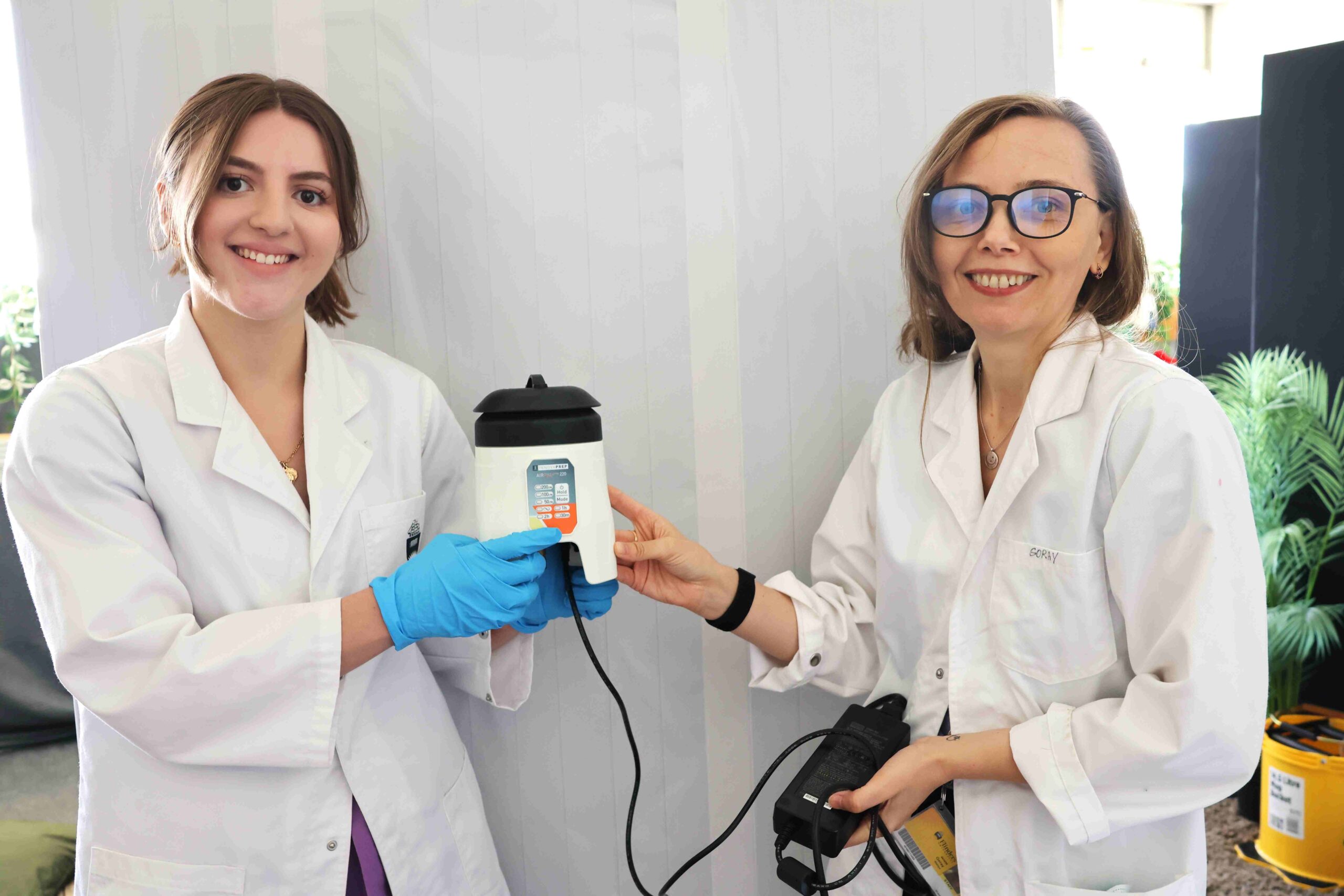
Culprits may one day be found using a new technique to potentially pick up and record key airborne forensic DNA evidence from crime scenes wiped clean of fingerprints and other trace evidence.
A new study led by Flinders University forensic science researchers puts the new method to the test with conventional air-conditioning units as well as a portable, commercially available air collection device regularly used to test for COVID19 and other airborne viruses in hospitals, schools and nursing homes.
"Human DNA can be found in the air after people have spoken or breathed (via saliva droplets), shed skin cells or dislodged and aerosolised from surfaces and collected for DNA analysis," says Emily Bibbo, a PhD candidate at Flinders University's College of Science and Engineering.
"We may be able to use this as evidence to prove if someone has been in the room, even if they wore gloves or wiped surfaces clean to remove the evidence."
Collection of trace DNA, comprising just a few human cells, is commonly used in criminal investigations. For example, 62% of all samples processed by Forensic Science SA in 2020 were trace or touch evidence, yet success rates with this type of evidence remain poor.
However, new technologies are providing new avenues for evidence collection - including the emerging field of eDNA (environmental DNA) from solid surfaces, soil, water and air.
"Our study also showed that air circulating through air-conditioning could collect human DNA which further supports the idea that human DNA can be found in the air and settle on surfaces."

The pilot study, conducted in collaboration with international experts, Dr Duncan Taylor from Forensic Science SA and Dr Roland van Ooorschot from the Victoria Police Forensic Services Department, focused on additional avenues for DNA collection by investigating air-conditioner units that circulate air around a room - as well as different kinds of filters at different periods of time to compare results.
Flinders University Senior Lecturer in Forensic Science Dr Mariya Goray says biological material is routinely collected from crime scenes and exhibits, and these new methods have the potential to help identify the usual users of a room as well as visitors.
"It is very unlikely that an average offender, even with forensic awareness, could totally prevent their DNA from being released into the environment," says Dr Goray.
"We now know that eDNA (environmental DNA) and eRNA shed from sources such as skin or saliva can be detected in the environment, including soil, ice, air and water."
The small-scale pilot project compared results from samples taken from air-conditioners in four offices and four houses at different timeframes after cleaning. The other research looked at the ability to collect human DNA from air in rooms, with and without people for different periods of time and with different types of collection filters.
Results from the studies show that human DNA can be collected on the surfaces of air-conditioner units and from the air, with air samples likely representing the more recent occupation while previous users of the room were more prevalent in air-conditioning units.
While DNA collected from air in different spaces could be done with 'some optimisation', the researchers recommend follow-up studies to determine the best location for air collection devices, and the appropriate time after a crime to test and acquire DNA of interest, if it is present.
The article, Up in the air: Presence and collection of DNA from air and air conditioner units (2024) by Mariya Goray, Duncan Taylor, Emily Bibbo, Dhruvi Patel, Chiara Fantinato, Ane Elida Fonneløp, Peter Gill and Roland AH van Oorschot has been published in Electrophoresis DOI: 10.1002/elps.202300227.






